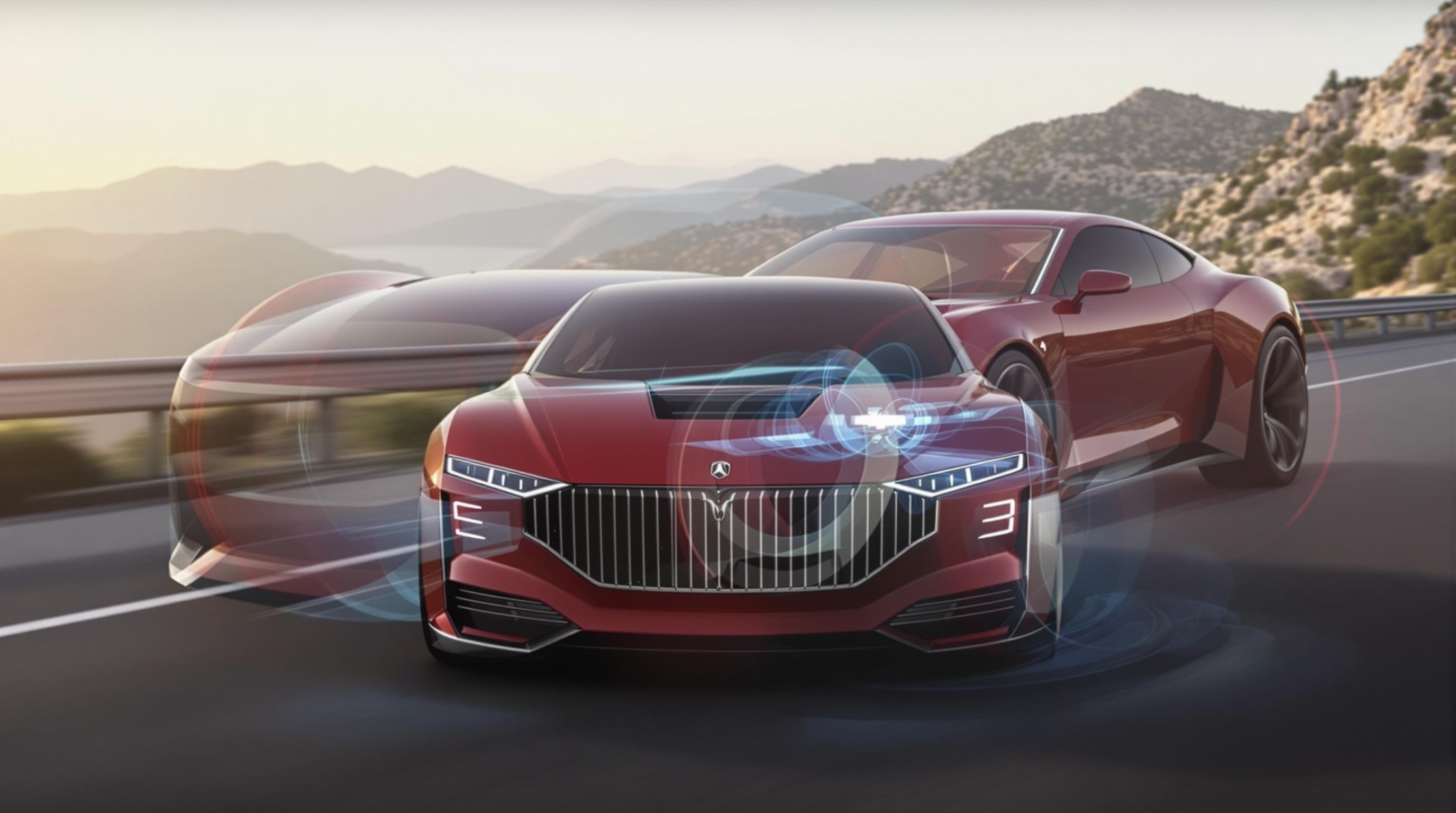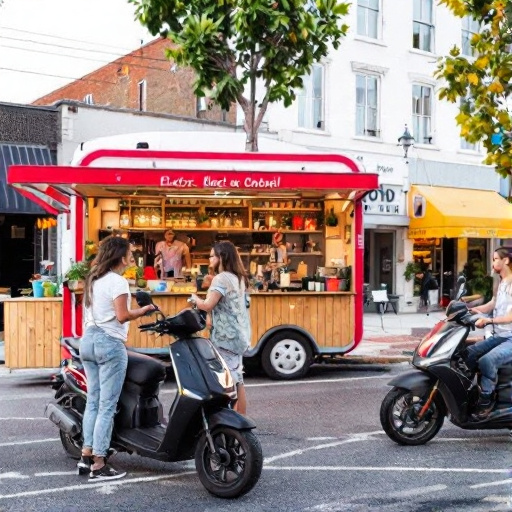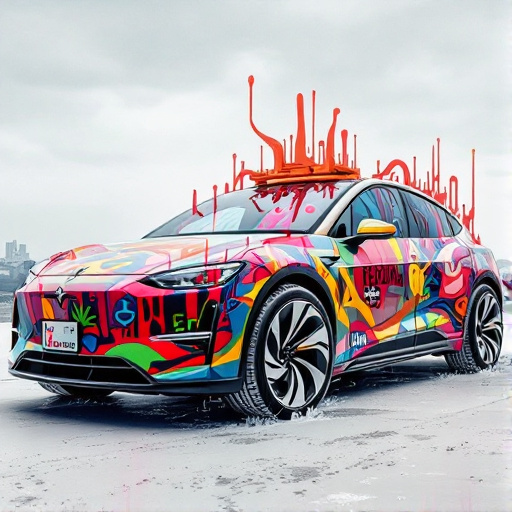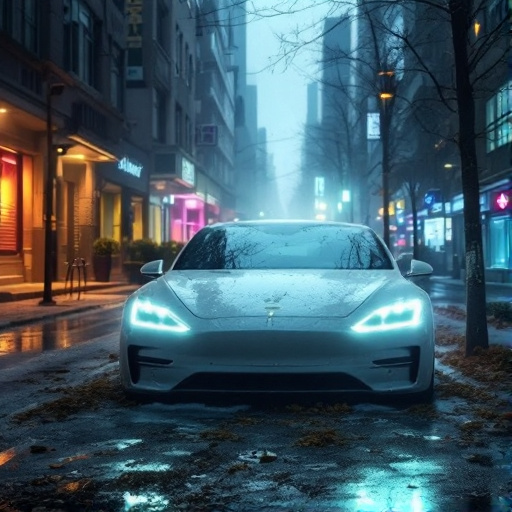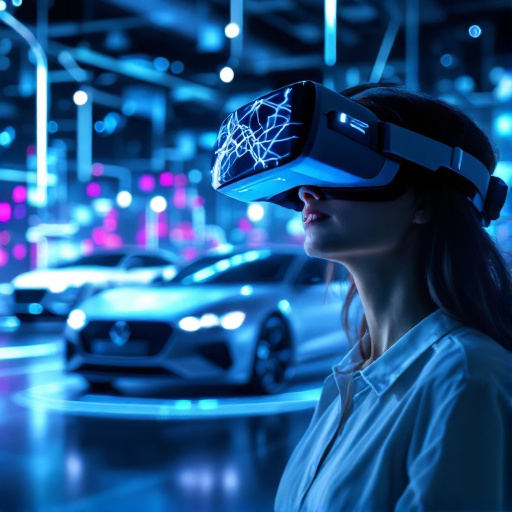Related Articles
- Charged Up! How Electric Vehicles are Reshaping Urban Wildlife Habitats and Biodiversity
- Navigating the Used Car Market: Uncovering the Secrets of 'As-Is' Sales for Savvy Buyers
- The Rise of Electric Car Pop-up Shops: A New Frontier for Urban Retail Experiences
- The Forgotten Art of DIY Car Maintenance: Rediscovering Skills in a Tech-Driven World
- Electric vs. Vintage: The Battle for Enthusiasts' Hearts in the Age of Latest Car Models
- The Rise of the 'Car Review Influencer': How Social Media is Shaping Auto Buying Decisions
5 Surprising Tech Innovations Revolutionizing Luxury Car Safety Features for the Near Future
5 Surprising Tech Innovations Revolutionizing Luxury Car Safety Features for the Near Future
5 Surprising Tech Innovations Revolutionizing Luxury Car Safety Features for the Near Future
1. Advanced AI-Powered Predictive Safety Systems
Luxury cars are increasingly integrating artificial intelligence to anticipate potential hazards before they occur. These predictive safety systems analyze real-time data from multiple sensors, including cameras and radars, to foresee possible collisions or dangerous situations.
Unlike traditional reactive safety measures, AI-powered systems can initiate preventive actions, such as adjusting speed or steering to avoid an accident. This approach represents a shift from passive protection to active intervention, enhancing occupant safety significantly.
According to a 2023 report by McKinsey & Company, AI integration in automotive safety could reduce accidents by up to 40%, showcasing its transformative potential in the luxury car market.
(Source: McKinsey & Company, 2023)
2. Biometric Driver Monitoring Systems
Another emerging technology revolutionizing luxury car safety is biometric monitoring. Sensors embedded in the steering wheel or seat track vital signs such as heart rate, eye movement, and skin conductivity.
This data allows the vehicle's system to detect driver fatigue, distraction, or medical emergencies like a heart attack and respond accordingly. For instance, the car may alert the driver, reduce speed, or even pull over safely.
Studies published in the IEEE Transactions on Intelligent Transportation Systems highlight the potential of biometric monitoring to reduce accident risks by recognizing and mitigating impaired driver states.
(Source: IEEE, 2022)
3. Augmented Reality (AR) Windshields
Augmented reality technology is now being applied to luxury car windshields, overlaying critical information directly onto the driver’s field of view. This innovation helps keep eyes on the road while providing navigation prompts, hazard warnings, and vehicle status updates.
The AR windshields reduce distraction by minimizing the need to glance at separate screens or instruments. They also improve night driving and adverse weather visibility by highlighting obstacles and lane markings effectively.
Companies like BMW and Audi have begun prototypes of AR windshield systems, emphasizing safer, more intuitive driving experiences in upcoming luxury car models.
(Source: BMW Group Technology Reports, 2024)
4. Vehicle-to-Everything (V2X) Communication
V2X technology enables luxury cars to communicate with other vehicles, infrastructure, and even pedestrians through wireless networks. This constant exchange of information provides early warnings about road conditions, traffic congestion, or emergency vehicles approaching.
Implementing V2X can drastically reduce collisions, especially in complex urban environments where visibility and reaction times are limited. It supports coordinated driving actions, such as adaptive traffic signals and emergency maneuvers.
The US Department of Transportation has invested heavily in V2X research, anticipating widespread adoption in luxury vehicles within the next five years.
(Source: USDOT Connected Vehicle Program, 2023)
5. Advanced Night Vision and Thermal Imaging
Night driving safety in luxury cars is being enhanced through sophisticated night vision and thermal imaging cameras. These systems detect pedestrians, animals, and other hazards beyond the reach of conventional headlights and display this data inside the vehicle.
Thermal imaging complements traditional night vision by sensing heat signatures, which is particularly useful in foggy or low-visibility conditions. This technology offers drivers more time to react, preventing nighttime accidents.
Mercedes-Benz and Jaguar Land Rover are among manufacturers developing next-generation night vision systems, highlighting a new era of nocturnal safety.
(Source: SAE International Journal, 2023)
